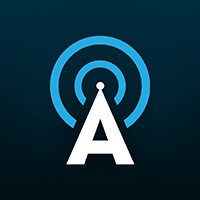I guess not exactly, but they do have the same structure as Linux. At least they did a few years back when I looked into it.
I understand Mac and Linux both have a similar architecture, so what are the differences that prevent for example, mac applications being compatible with linux?

askubuntu.com
Ah, right on. Some details in case anyone cares...
In the beginning was
Unix, an operating system written by some employees of Bell Labs back when there was only one telephone company in the US (circa 1970). For reasons, Unix escaped Bell Labs and was put into use in a variety of places, including the University of California, Berkeley as the
Berkeley Software Distribution (BSD). The BSD version of Unix ended up as the basis for Apple's
MacOS X in 2001 (via a company called
Next and their
NextStep operating system). There were many other variants of Unix, but all had a problem with being tied up with licensing agreements that prevented them from being freely used. In this respect the Unix variants were just like other major operating systems, but Unix had a proud history of usage inside academic institutions where many learned it, learned to love it, and wanted to use it freely.
The only way to escape from this licensing purgatory was to create an open source operating system structured and patterned after Unix, but with its own written-from-scratch operating system kernel. This magnificent effort was undertaken by one
Linus Torvalds, and resulted in the Unix-like (but not Unix as trademarked/copyrighted/etc. by corporate interests) operating system kernel called
Linux that debuted in 1991. It is hard to overstate the value of his effort to our current world of electronic devices.
Since Linux is open source, and free, it has become very widely used, and is very well supported by many volunteers who cooperatively support, maintain, and improve it. It runs in everything from high-end server farms to dedicated computing appliances to consumer electronic devices (like televisions and set top boxes) all the way down to mobile phones (the Android OS is derived from Linux).
So Apple uses a strain of Unix as the basis of the MacOS X operating system, while consumer electronic devices like the Samsung TV are powered by the freely-available Unix-like (but not Unix) operating system called Linux. It would be a very interesting development were Apple to switch to using Linux... hence my curiosity.

 vic
vic








